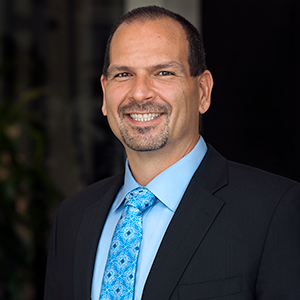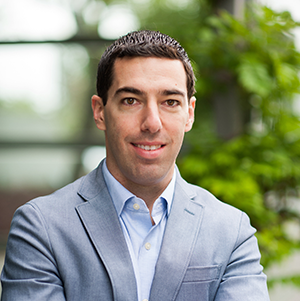Q: It's been less than a year since StackPath came out of stealth mode. What do you want enterprises to know about your company? What is its fundamental value proposition?
Lance Crosby: At StackPath, our mission is to make the Internet safe. We have a unique strategy for doing that.
Pretty soon, nearly all Internet traffic will pass through one sort of edge service or another, like a CDN. That's where security needs to start—at the cloud's edge. That's where we're building StackPath, a platform on which we can deliver a wide range of services that developers use to extend, expand, and improve anything they are building in the cloud. We're making each service on the platform frictionless, global, and inherently secure. That way, developers have security built into their solutions, and don't have to bolt it on after the fact.
We're excited about this vision. To bring it to life even faster we've integrated some exceptional companies, including MaxCDN, Highwinds, Fireblade, and Cloak. We're merging the technologies into a single platform with exceptional telemetry and machine learning so customers' solutions and our own services will grow smarter, more secure, and easier to use with every network transaction and threat detected.
Customers already can use our platform for content delivery, API delivery, file distribution and more, with WAF and DDoS protection built-in. And we can't wait to announce what's next.
Q: How will customers benefit from StackPath's recent acquisition of Highwinds?
Crosby: Customers will benefit from Highwinds merging with StackPath by getting the full power and capabilities of our mission sooner. Our two companies shared the opinion that the services we've come to know as Content Delivery Networks are actually fundamental building blocks for more than content delivery, but that these businesses and their infrastructures need to evolve for the next era of cloud.
Merging Highwinds and StackPath technologies and teams gives us the scale, scope, and experience to accelerate that evolution, bringing customers an integrated, next-generation platform with unprecedented security advantages even more quickly.
We've already integrated StackPath and Highwinds technologies into one platform with the advantages and features both companies already offered. The enterprise-class performance and capabilities that were hallmarks of Highwinds are now paired with the frictionless account creation, simplified content delivery management, and WAF and DDoS features that distinguish StackPath.
Q: This is the first Black Hat for StackPath. What do you want attendees at Black Hat USA 2017 to know about your company?
Crosby: It's time for a new era in Internet security, and we're all in.
Probably everyone who goes to Black Hat would agree that, at the current rate and trajectory of Internet threats, we could easily reach a point where the risk of being online outweighs the benefits. But slowing and reversing that trend really will take some fundamental shifts and industry-wide changes. It's going to take new thinking, new infrastructure models, new approaches to security and an aggressive investment in the cloud's aging infrastructure. Likewise, it's going to require new approaches to developing solutions in the cloud, regardless of the underlying infrastructure.
That's what we're thinking about at StackPath. We're excited to be a part of Black Hat 2017 for the chance to speak with others at the show about the challenges and opportunities we are facing and what we can








